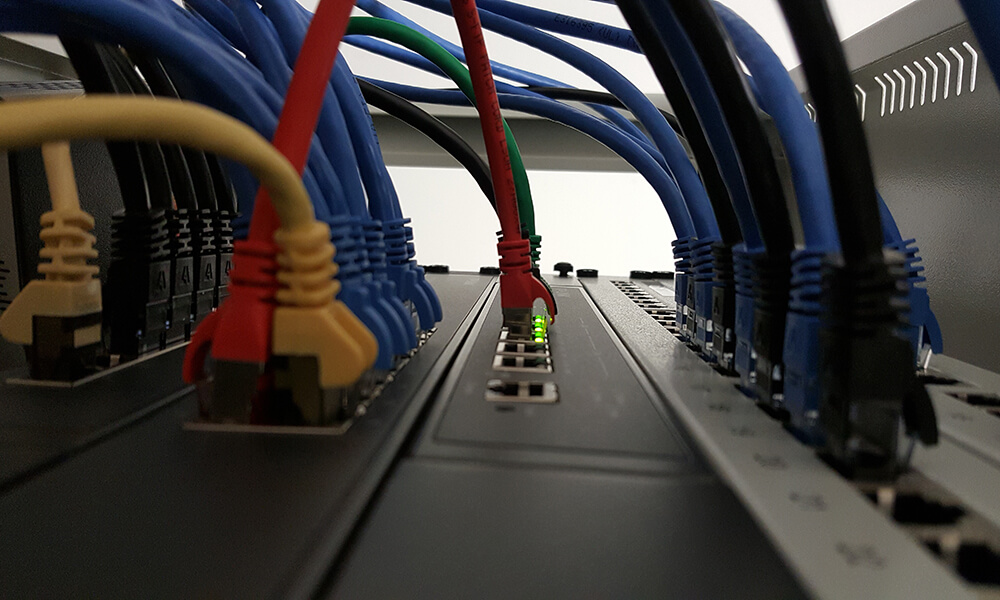SFP vs SFP+ vs QSFP optical transceivers
SFP, SFP+, and QSFP optical transceivers are essential for fiber and copper networks, sending and receiving data across devices like switches and routers. While they share a similar purpose, their differences in speed, size, and capability make each suited to specific tasks. Let’s break them down, with a focus on how SFP fits into the mix.
1.What Are These Transceivers?
First, all three are hot-swappable—you can plug or unplug them without powering down equipment, making upgrades easy.
- SFP (Small Form-factor Pluggable) launched in the early 2000s as a compact solution for low to mid-speed networks.
- SFP+ (SFP Plus) arrived later, keeping SFP’s small size but boosting speed for growing data needs.
- QSFP (Quad Small Form-factor Pluggable) is larger, with “quad” referring to its four data lanes, enabling much higher bandwidth.
2. Key Differences at a Glance
The table below compares their core features:
| Feature | SFP | SFP+ | QSFP (and QSFP56) |
|---|---|---|---|
| Max Speed | Up to 4 Gbps | 10 Gbps | 40–400 Gbps |
| Size | ~56x13mm | ~56x13mm (same as SFP) | ~84x18mm |
| Data Lanes | 1 | 1 | 4 (each 10–100 Gbps) |
| Typical Distance | Up to 10+ km (fiber) | Up to 40+ km (fiber) | Up to 10+ km (fiber) |
| Copper Limit | 100 meters | 100 meters | Rarely used with copper |
| Power Use | ~1 watt | 1.5–3 watts | 3–12 watts |
| Common Uses | Small offices, IP cameras | Mid-sized networks, server links | Data centers, cloud networks |
3.
Speed and Bandwidth
First, all three are hot-swappable—you can plug or unplug them without powering down equipment, making upgrades easy.
- SFP (Small Form-factor Pluggable) launched in the early 2000s as a compact solution for low to mid-speed networks.
- SFP+ (SFP Plus) arrived later, keeping SFP’s small size but boosting speed for growing data needs.
- QSFP (Quad Small Form-factor Pluggable) is larger, with “quad” referring to its four data lanes, enabling much higher bandwidth.
4.Size and Compatibility
Size affects how many transceivers fit in a switch, a key factor for dense networks.
- SFP and SFP+ share the same compact design, so a switch port built for SFP can usually accept SFP+ (but not vice versa, since SFP can’t handle 10 Gbps). This backward compatibility lets networks upgrade gradually.
- QSFP is larger, so a switch with 48 SFP+ ports might only fit 12 QSFP ports. But because each QSFP port carries more data, the total bandwidth is often higher.
Always check your switch’s specs—some SFP slots limit SFP+ to slower speeds, while QSFP requires dedicated ports.
5.Distance and Cable Types
All three work with fiber or copper, but their reach varies:
- SFP on multimode fiber hits 550 meters at 1 Gbps; on single-mode fiber, it can go 10+ km. Copper SFP modules (like SFP RJ45) max out at 100 meters, similar to Ethernet cables.
- SFP+ on multimode fiber reaches 300 meters at 10 Gbps; single-mode fiber extends this to 40+ km. Copper SFP+ is less common because signal loss increases at 10 Gbps.
- QSFP on multimode fiber works for 100–300 meters at 40 Gbps; single-mode fiber pushes to 10+ km. For 400 Gbps, distances shrink slightly but still meet data center needs.
Fiber type matters more than the transceiver: single-mode fiber always outperforms multimode for long distances.
6.Power and Cost
- Power Use: SFP is the most efficient at ~1 watt. SFP+ uses 1.5–3 watts, and QSFP ranges from 3–12 watts (higher for faster models). Lower power reduces cooling costs in small networks.
- Cost: SFP is the cheapest, with SFP+ costing 2–3 times more. QSFP is priciest, but its high bandwidth makes it cost-effective for large networks needing 40+ Gbps.
For example, a small business might save with SFP, while a data center would find QSFP’s price justified by its speed.
7.How to Choose the Right One
Start with your network’s speed needs. If you’re handling basic tasks like web browsing or IP cameras, SFP’s 1 Gbps is enough. For 10 Gbps needs—like linking office floors or mid-sized servers—SFP+ is better. For data centers or cloud networks needing 40 Gbps+, QSFP is a must.
Next, check distance. Use copper for short links (under 100 meters) and fiber for longer ones. Finally, ensure compatibility: SFP+ works in SFP slots for slower speeds, but QSFP needs its own ports.
8.Conclusion
SFP, SFP+, and QSFP each serve unique roles. SFP is ideal for small, low-speed networks; SFP+ balances speed and size for mid-sized setups; QSFP handles high-bandwidth demands in data centers. By matching their specs to your network’s needs, you’ll ensure reliable, efficient performance.
As data use grows, QSFP will become more common, but SFP remains a staple for basic networks—proving that even older standards have lasting value.




